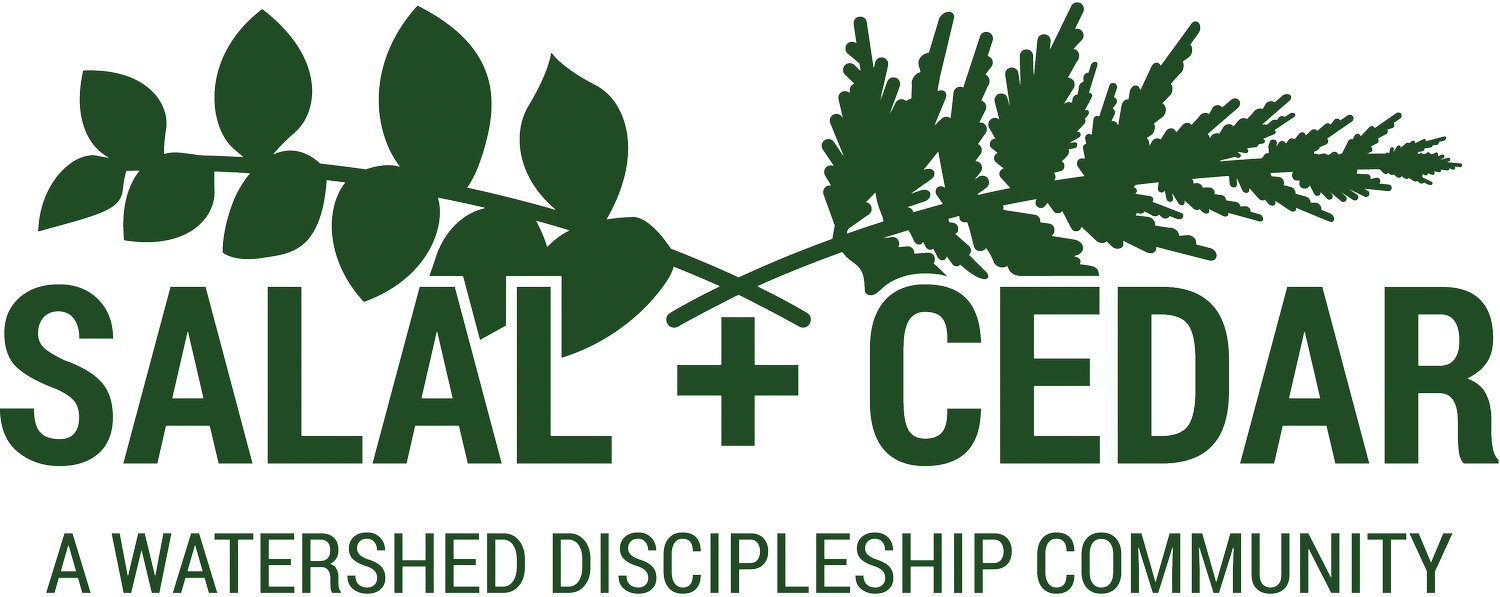Greening Holy Week
Wild Lectionary will be posting scaled back content for a few weeks while we get some logistical pieces sorted out on our end. But not to worry! We will see you again in a few weeks (back starting Lent 5) with our usual full content.
Greening Holy Week
As Holy Week approaches, Salal + Cedar invites to look ahead in your worship planning and consider how you might “green” your observances, making them local to your bio region and watershed this Palm Sunday and Good Friday.
Local Branches
In the so called “triumphal entry” into Jerusalem. For a number of years now, congregations (especially among those of this wild circle) have been experimenting with local leafiness rather than paying to import a non-native species. St. Phillips in Coastal Salish lands, lifts sword ferns; Circle of Hope in Philly uses local juniper; New Life Lutheran Church grabs Poverty Weed, which is native to Dripping Springs, TX. Such like. Think box elder, pine, Queen Anne’s Lace. For the Kirkridge Community in Pennsylvania, pussy willows from by the tarn. For a Detroit procession: one from the ailanthus, the Tree of Heaven, also it goes by other names, Ghetto Palm (no less), Weed Tree, and others unprintable. It grows up though urban cracks and rubble – a regular annoyance to householders. Hard to root out, growing between tenements or clinging to apartment walls. So, she connected it with poor communities. Fastest growing tree in North America, it readily breaks and falls, but its stems are slender stalks with leaves lining each side. With what would you praise locally?
Earth Wounds: An Ecological Stations of the Cross
Since 2016 Salal + Cedar has hosted an Ecological Stations of the Cross during Holy Week: An annual connection of the Christian faith story, specifically the crucifixion, with the suffering of creation. We meet out of doors, usually in a location that is troubled by environmental harms. Different individuals and communities prepare and host stations of 5-10 minutes each that draw parallels between the last days and hours before Easter and elements in our climate and extinction crises. The only constant elements are out of doors and some connection to scripture. Offerings have included litanies, song, body prayers, physical/sacramental acts, direct action, and often have a liturgical element of call and response. We invite you to use our resources and create your own.
https://www.salalandcedar.com/resources/2024-10-earth-wounds-an-ecological-stations-of-the-cross

